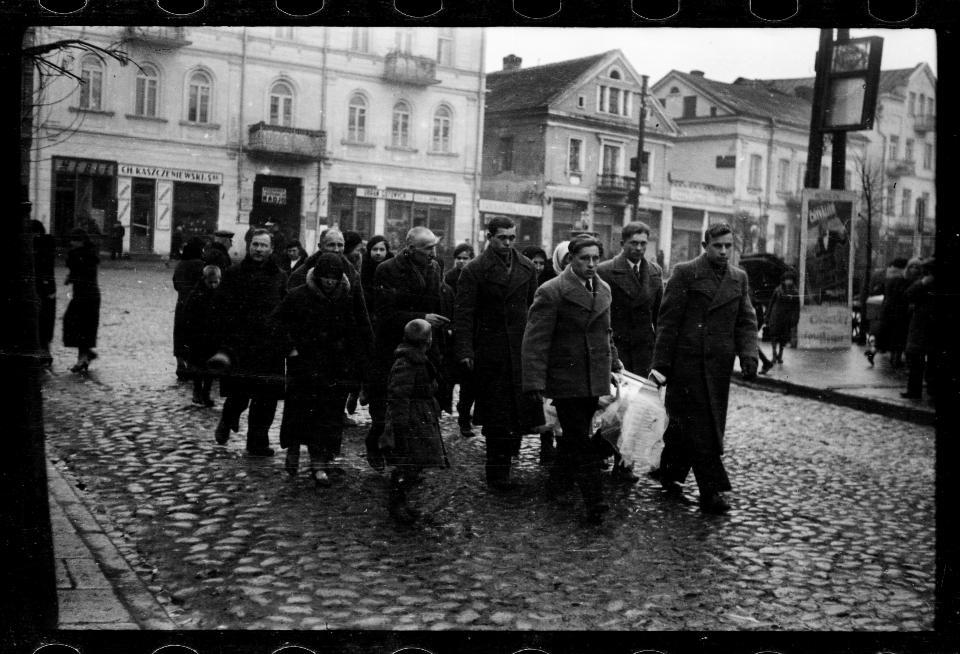What doesn’t die, doesn’t live
„Common” death is a phenomenon less and less visible in the modern culture. People die in hospital wards, rather than in the presence of their relatives, the coffin with the deceased doesn’t stay at home for three days, close ones visit the dead in a chapel. According to culture anthropologist, Joanna Tokarska-Bakir: “The culture of today, with its youth, or even immortality cult, tries to avoid death like the plague […]. The world that does not believe in any kind of truth anymore, that holds everything as a mask and appearance, tries to escape the most inevitable of truths at any cost.”

Therefore, we invite you to the Arsenal Gallery in Białystok, to the exhibition called “What doesn’t die, doesn’t live”, where you will be able to see archival, not yet published, funeral photographs from our region. Archival, not only because they were taken before or just after the II WW, but also for the reason that nowadays almost nobody takes pictures of the dead or the mourners.
We present to you the photographs of Bolesław Augustis, an inter-war photographer, who is yet to be discovered. His collection, that comprises over 10,000 photographs and was incidentally found 10 years ago, is the most substantial photographic document of Białystok in the 1930s.
Boleslaw Augustis was the owner of POLONIA FILM photo shop. He was a craftsman, but, apart from working in the atelier for money, he went on the streets and carefully observed the life out there. He would get hired for special photo sessions, including funerals. Photos of funeral processions, coffins taken out through windows, or mourners are an exceptional documentary testimony of the inter-war period.
It is also possible to see the photographs of Jan Siwicki, a rural photographer from Jaczno. In his case, from several decades of work only around 300 negatives were saved. Siwicki photographed the life of his village, which circulated around birth, weddings and funerals. The last ones were perhaps the most important. It seemed necessary to keep the image of the beloved departed as the memory was unreliable.
Seen today, the photos of both authors depict how, within less than a hundred years, our customs related to parting with the dead have deeply changed. Death was a natural thing, people, especially those living in rural areas, were accustomed to it. That is why, a photo of children standing next to a coffin smiling, or keeping hands on its cover is not surprising. In the group photos, the mourners are authentically concerned, while remaining calm and accepting the situation.
Neither Augustis nor Siwicki took funeral pictures for artistic or philosophical reasons. They took them because they got paid for it. Hence their authenticity. They are devoid of any theses. Although, the authors surely experienced moments of contemplating on human fate. What we can do while looking at them after several decades is reflect on this great culmination that ends each life and seals it.
Grzegorz Dąbrowski
translated from Polish by Anna Adamowicz
You can find more information about the photographers on:
Curator: Grzegorz DąbrowskiBolesław Augustis, Jan Siwicki

PLAN YOUR VISIT
Opening times:
Thuesday – Sunday
10:00-18:00
Last admission
to exhibition is at:
17.30